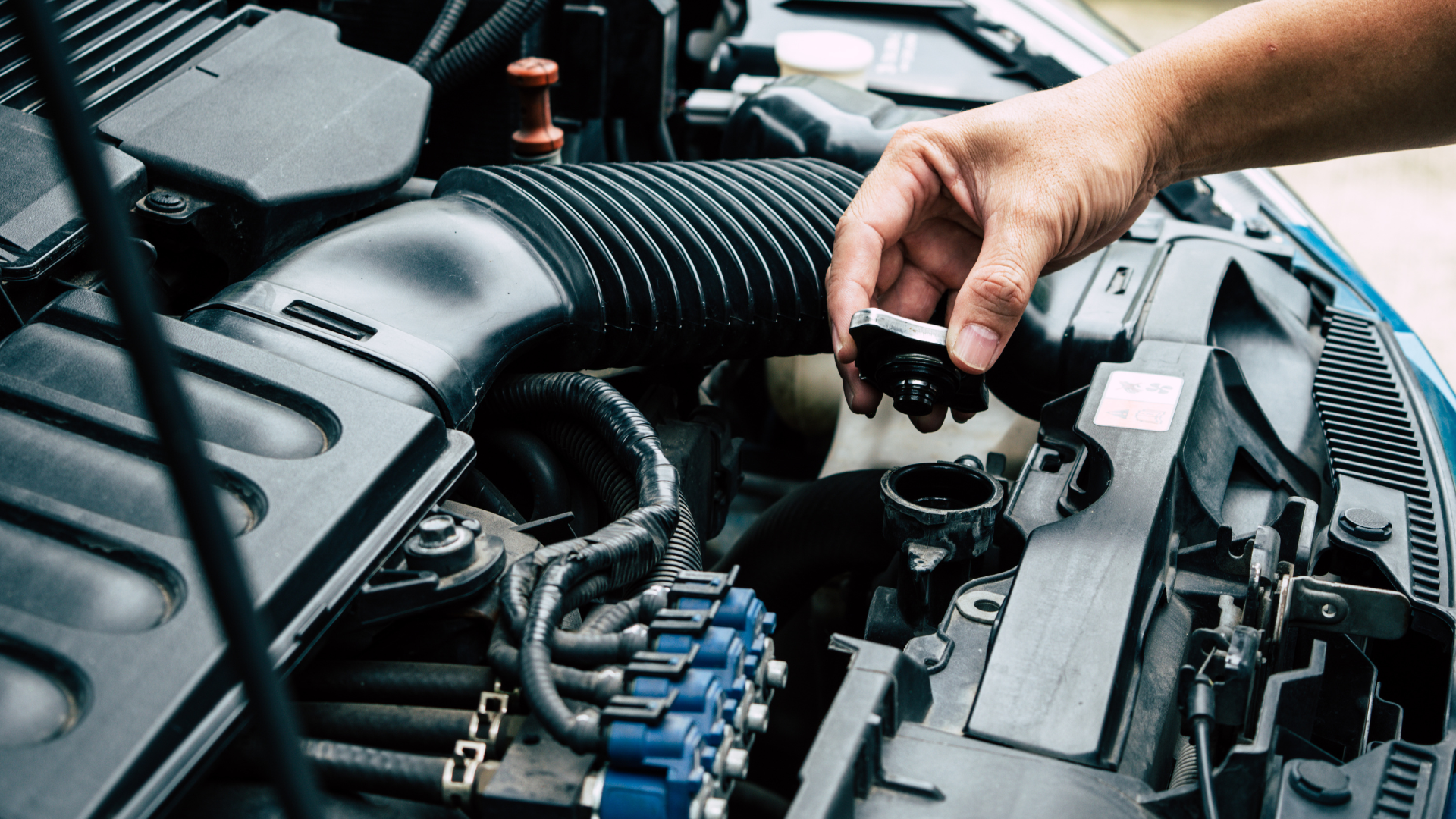Can I Perform Radiator Repair Myself?

Radiators are a vital part of a vehicle's cooling system. A malfunctioning radiator can lead to overheating and serious engine damage. But do you need to rush to a mechanic every time there's an issue? Let's find out if you can handle radiator repair on your own.
What Does a Radiator Repair Involve?
Radiator repair primarily involves addressing issues such as leaks, clogs, or faulty hoses. The radiator is essential in regulating the engine's temperature by dissipating excessive heat. Commonly, problems arise from overheating or coolant leaks due to wear and tear. Regular checks and maintenance ensure that the engine's coolant level remains sufficient, preventing larger issues from developing.
Interestingly, radiator fans are often culprits when dealing with overheating. Their job is to draw cooler air through the radiator to aid in cooling the engine coolant. When they fail, the engine can quickly overheat, leading to serious damage if not addressed promptly. Understanding these components can empower you to recognize and meet these challenges head-on.
Assessing the Situation: Can You DIY?
The first step in DIY radiator repair is assessing your own mechanical aptitude and comfort level. If you're handy with tools and have experience with vehicle maintenance, fundamental repairs such as fixing leaks or replacing hoses might be within your capability. However, if the issue is unclear or seems complex, it may be wise to seek professional help to avoid causing further damage.
It's vital to assess whether the problem is a straightforward fix, such as a loose hose clamp, or more complex, like a failing radiator fan or significant corrosion. Understanding when to call in the pros is crucial, especially if the engine's health might be at risk.
Essential Tools and Materials Needed
To tackle DIY radiator repair, you’ll need tools such as a socket set, screwdriver, and possibly leak sealant. Having these on hand allows you to swiftly address simpler issues. Stocking replacement parts, like hoses or clamps, can also be beneficial.
Safety gear is just as important as tools. Gloves and goggles will protect you when working with potentially hot or corrosive elements. It's also critical to let the vehicle cool down completely before beginning any repair efforts to avoid burns.
Step-by-Step Guide to Basic Radiator Repair
Start with inspecting the radiator for obvious signs of wear and tear, such as cracks or leaks. If you spot a leak, a temporary fix might involve using a sealant, which can be found at most auto parts stores. Follow the steps by first cleaning the affected area, applying the sealant, and then allowing it to cure thoroughly.
For hose replacements, ensure you're working with a cool engine. Drain the coolant so you can safely detach the old hose. Attach the new one securely and refill the coolant. Make sure to burp the system to eliminate air pockets, which can lead to overheating.
If you encounter any issues that don't resolve with these steps, or if the problem seems beyond your expertise, it's time to consider professional assistance. At Auto Express of Sacramento, CA, we're ready to assist with any complex radiator needs.
When to Seek Professional Help
Recurring issues like persistent leaks, overheating despite repairs, or a faulty radiator fan often warrant professional evaluation. Prompt attention can prevent more severe damage or even engine failure.
Complex problems, especially those involving potential electrical issues with fans or sensors, should also be left to professionals. Trusting experts, such as those at Auto Express in Sacramento, ensures precision and reliability in repairs.
Should You DIY Your Radiator Repair?
While minor radiator repairs can be tackled at home with basic tools and skills, more complex issues should be left to professionals to ensure your vehicle remains safe and efficient. Always assess your comfort level and the severity of the problem before deciding to DIY.



